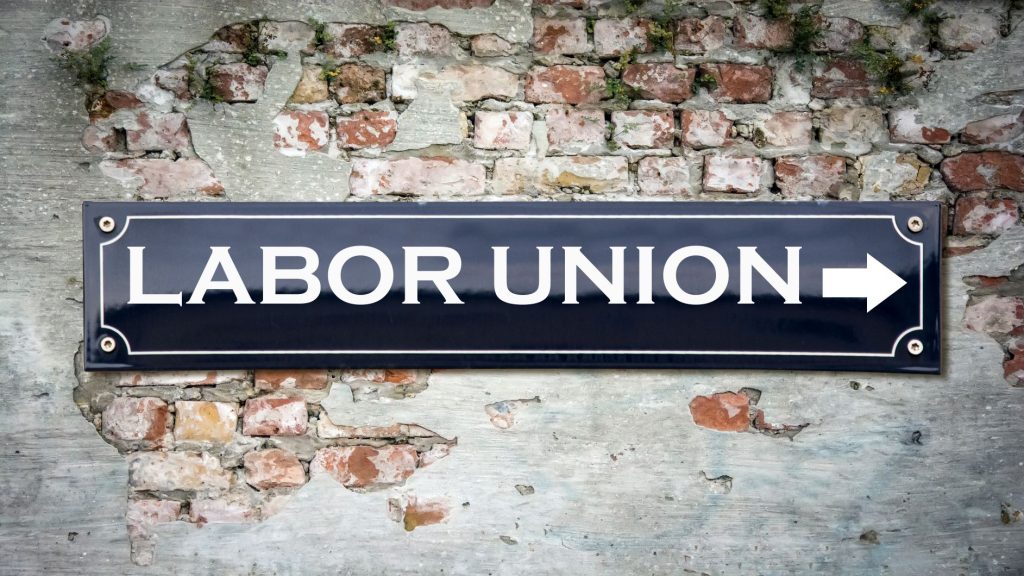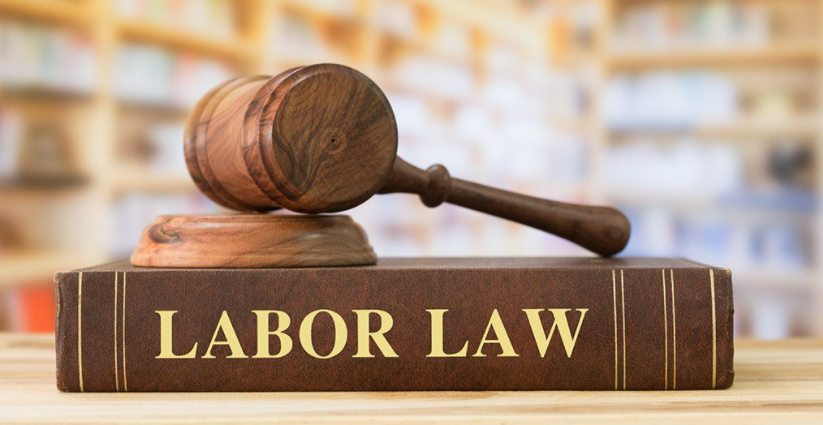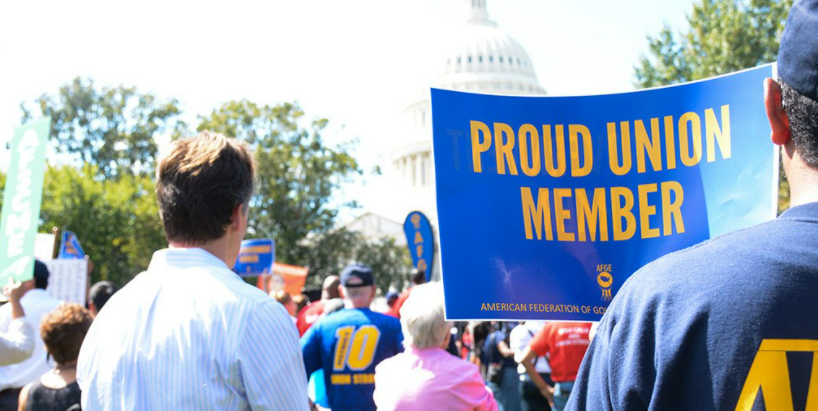NOW IS THE TIME: Unite, Mobilize and Act
Education Center
WORKER’S RIGHTS 101:
So, what does collective bargaining mean anyway?
Without a union, we only get what the boss wants to give us. When we have a union, management has to negotiate over every change in terms and conditions of employment. We negotiate as a union for those changes, and that is collective bargaining.

WHAT IS THE DEFINITION OF COLLECTIVE BARGAINING?
Collective bargaining is when a group of employees, after an election to form a Union, sit down and negotiate (or “bargain”) for improvements in the workplace with the employer. This is commonly refer to this as “the bargaining table.” Every improvement we get is recorded in a contract that holds the weight of law and management is required to honor it.

WHERE DOES THE RIGHT TO BARGAIN COME FROM?
The right to bargain comes from worker standing together to make improvements and a voice on the job. The Civil Service Reform Act (the “CSRA”) says that after an election, management must sit down and bargain with us. What we get at the table, however, is up to us.

WHAT IS YOUR ROLE IN COLLECTIVE BARGAINING?
Collective bargaining happens in two places: at the table, and away from the table. Depending on the role you choose to play in your Union, you could do either (or both). At the table, Union members exchange written proposals to decide what will go into the contract that will define what our new rights are. Away from the table, union members sign petitions, go to meetings and let management know what they priorities are to support those proposals. The more support Union members give their locals away from the table, and the more pressure we create on management, the better we will do at the table. You can’t have one without the other, and every member of the Union has an important role to play in collective bargaining.
You can find copies of our current and past contracts here.